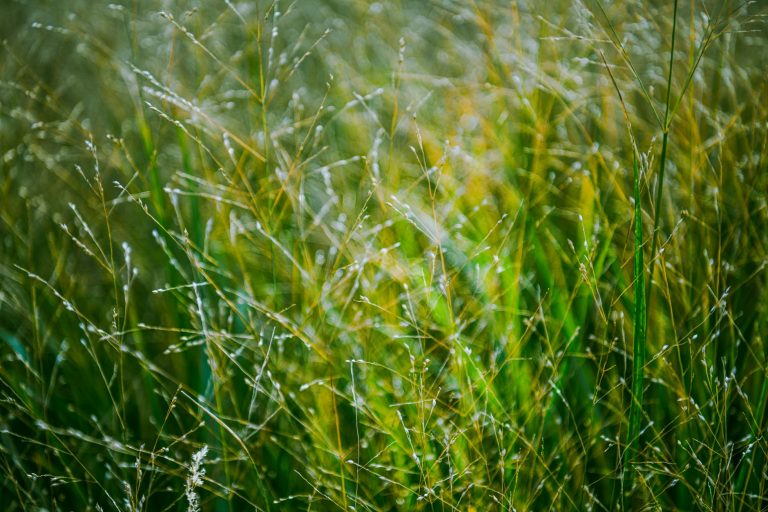Soil Compaction: Effortless Methods to Combat Weeds
Is your garden struggling with pesky weeds? Discover how soil compaction might be the culprit behind your weed infestation. By addressing soil compaction through simple aeration techniques, you can create an environment that fosters healthier plants and keeps those weeds at bay. Say goodbye to weed woes with these effortless methods to combat soil compaction.
Understanding the Impact of Soil Compaction on Weed Growth
Soil compaction can have a significant impact on your garden’s health and productivity. When soil becomes compacted, it reduces the availability of space for air and water to circulate, ultimately affecting plant roots’ ability to grow and absorb essential nutrients. Compacted soil also creates an environment that favors weed growth, making it challenging to maintain a thriving garden. In this article, we’ll explore the effects of soil compaction on weed growth and discuss some effortless methods to combat weeds and improve your garden’s health.
The Link Between Soil Compaction and Weed Infestation
When soil is compacted, it becomes denser, making it harder for plant roots to penetrate and establish themselves. This inhibits root growth and nutrient absorption, weakening the plants and making them more susceptible to weed competition. Weeds, with their aggressive growth characteristics, thrive in compacted soil conditions where they can easily outcompete desirable plants for nutrients, water, and sunlight.
Identifying Compacted Soil in Your Garden
Before you can address the weed problem in your garden, it’s crucial to identify signs of soil compaction. Common indicators of compacted soil include poor water infiltration, standing water after rainfall, shallow plant roots, and decreased plant vigor. You can perform a simple soil compaction test by trying to insert a shovel or garden fork into the ground. If it’s challenging to penetrate the soil, chances are it’s compacted and in need of attention.
Effortless Methods to Combat Weeds in Compacted Soil
1. Aeration:
Aerating your soil is an effective way to alleviate compaction and improve soil structure. By creating small holes in the soil, aeration allows air, water, and nutrients to penetrate deeper into the ground, promoting root growth and overall plant health. This process not only helps combat weeds but also enhances the soil’s ability to support a diverse range of beneficial microorganisms.
2. Mulching:
Applying a layer of organic mulch, such as wood chips, straw, or compost, can help suppress weed growth by blocking sunlight and preventing weed seeds from germinating. Mulch also helps retain soil moisture, regulate temperature, and improve soil structure over time. Regularly replenishing the mulch layer in your garden beds can significantly reduce weed infestation and enhance the aesthetics of your landscape.
3. Crop Rotation:
Rotating your crops seasonally can disrupt weed growth cycles and prevent the buildup of weed populations in your garden. By varying the types of plants you grow in a specific area each season, you can break the weed’s life cycle and reduce their overall impact on your garden. Additionally, certain crops have allelopathic properties that can inhibit weed germination and growth, further enhancing weed control efforts.
Conclusion
Soil compaction poses a significant challenge for gardeners, impacting plant health and fostering weed infestation. By implementing simple and practical methods to combat weeds in compacted soil, such as aeration, mulching, and crop rotation, you can improve your garden’s overall health and productivity. Taking proactive steps to address soil compaction not only enhances plant growth but also creates a healthier and more vibrant garden environment for you to enjoy.






